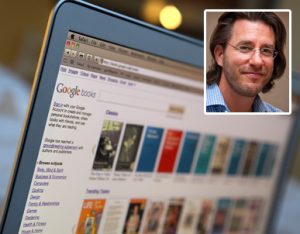
Ballantine managed to sell about 10,000 combined digital copies of my last two books at a $9.99 price point (a price point that was earning me $1.49 per unit sold, BTW) in the latest three-month period for which I have data. Call that 5000 of each book for three months, so 1,667 of each book per month. If I cut the Ballantine price in half and still can only move 1,667 units a month, at a $3.50 per unit royalty ($4.99 x 70% = $3.50), that’s about $5,833 per month. But unlike paper books and digital sold at paper prices, low-priced digital books sell steadily, so it seemed to me that I could make about $70,000 per year, per book on my own. Assuming nothing changes and digital doesn’t keep growing (and that would be crazy–Charles Cummings’ critically acclaimed spy thriller The Trinity Six just sold three times as many digital copies as hardback in its first week), I should be able to make $140,000 a year for the two books I could have sold in a $425,000 legacy deal, instead. $70,000 for the first year, then $140,000 for each year thereafter, when I’ll be selling two books instead of just one. So if I’m right about all this, and I’m pretty sure I am, I should be able to beat the contract about halfway through the fourth year. And again, all of that ignores the continued growth of digital, the way low-priced digital books reinforce sales of other such books, etc.
To develop some data to go with the theory, in February I self-published a short story, The Lost Coast, featuring one of my series characters, a very nasty piece of work named Larison. I priced it at $2.99, which is a premium price for a short story, just to see how my writing would do in the new environment and even with the handicap of a relatively high price. It’s been selling steadily and is currently at #1,088 on the Kindle list (and #13 and #17 on Amazon’s short stories bestseller lists, which is good because the top twenty come up in the first page view). It definitely got a boost from the online discussion that followed my announcement, but even before all that it was on track to earn me about $30,000 in a year through Amazon, B&N, and Smashwords—not bad at all for a short story.
Of course there are people who will say – he’s only able to do this because he had a traditional platform first. But then along comes Amanda Hocking who had no traditional platform and sold a million copies. So that’s why this week is the perfect storm for self-publishing and the arguments against it are fading.
That said, the more common stories like Eisler’s are, the less they’ll be written about. He knows he’s benefiting by being the first – and so he’s getting interviewed in the Daily Beast, and when his book comes out, there will be a lot of articles talking about his new experiment. Sells itself.
On Facebook this morning, Writer Beware singled out this quote from Hocking:
“I want to be a writer. I do not want to spend 40 hours a week handling emails, formatting covers, finding editors, etc.”
…as if to say: See! Traditional publishing is still relevant! There’s no doubt that it’s enormously helpful to have someone else doing the work, but “helpful” isn’t the same thing as “a requirement.” And the fact that two different writers have circumvented the system in two very different ways amounts to a major revolution in publishing. Thousands of writers – both published and unpublished – are taking note.
Get an Editorial Review | Get Amazon Sales & Reviews | Get Edited | Get Beta Readers | Enter the SPR Book Awards | Other Marketing Services








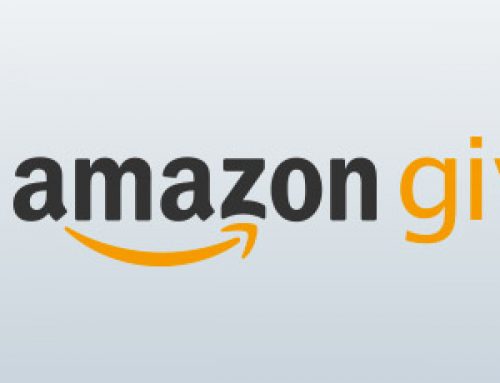

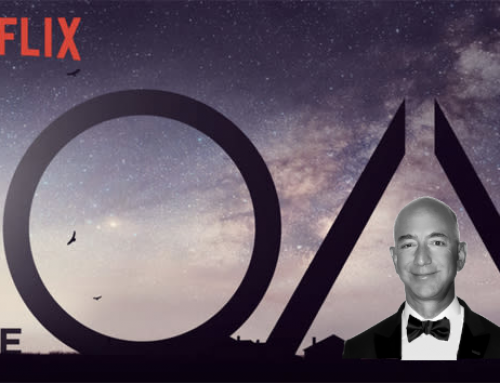
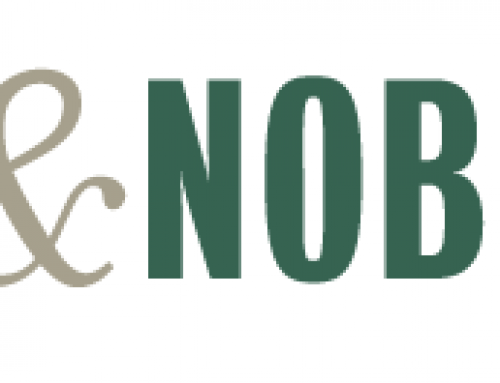







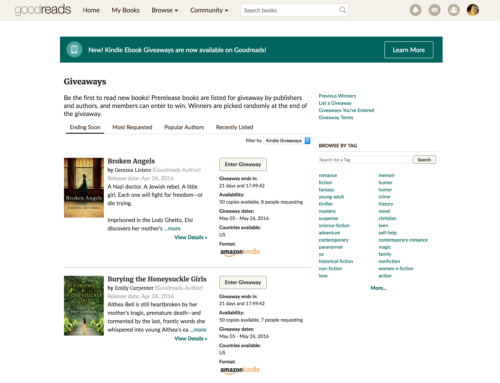


I don’t think that the value that the publishers bring would be more than a couple of assistants or hired professionals to do the cover design, formatting, etc. on a per project basis.
What the publishers really bring is the distribution and the media/marketing strategy. Self publishing via Amazon, etc. can take care of distribution, so what’s left is for the authors to build community around their works. For new authors, there will be a place for services or communities that help with their promotion and brand building.
Yup, as Craig says, there wil be (and are) services popping up all over to support new digital authors with their promotion and brand building.
And while that Hocking naysayer seems short-sighted, his point is valid: He wants to write, not research service providers or learn a new set of skills to do work he’s not gifted at. Fair enough. Who can blame him?
So maybe a clever someone will gather a focused set of top-notch service providers so authors can avoid the painful research that he’s talking about, and also dodge the generic lackluster results that can come from all-inclusive general-store service providers who churn out new digital authors by the bucketload.
Maybe a bunch of clever someones 😉
And it would be worth it—wouldn’t it?—to pay service providers just once instead of a piece of every sold book?